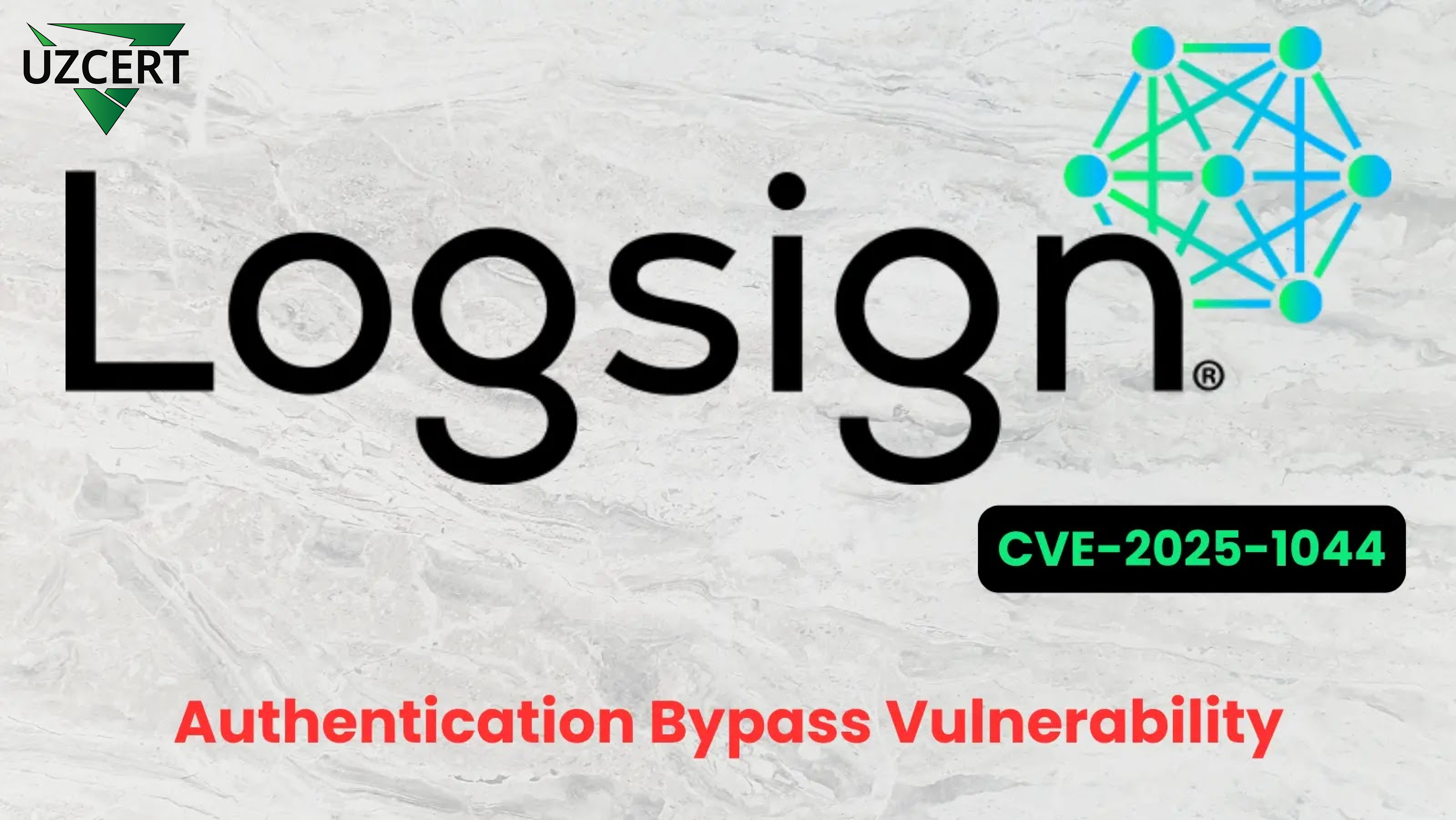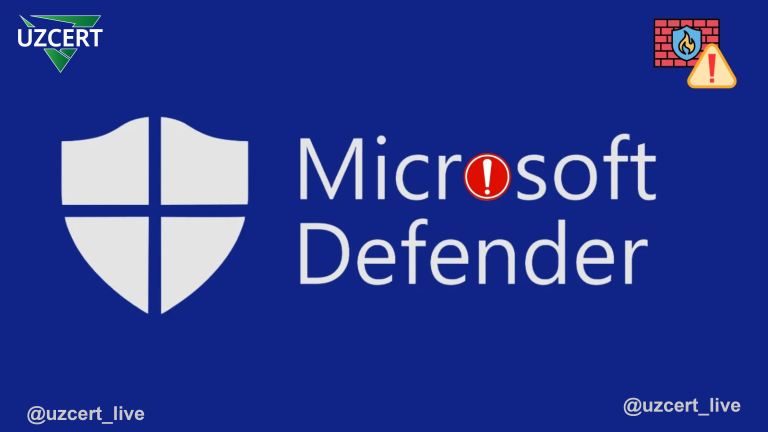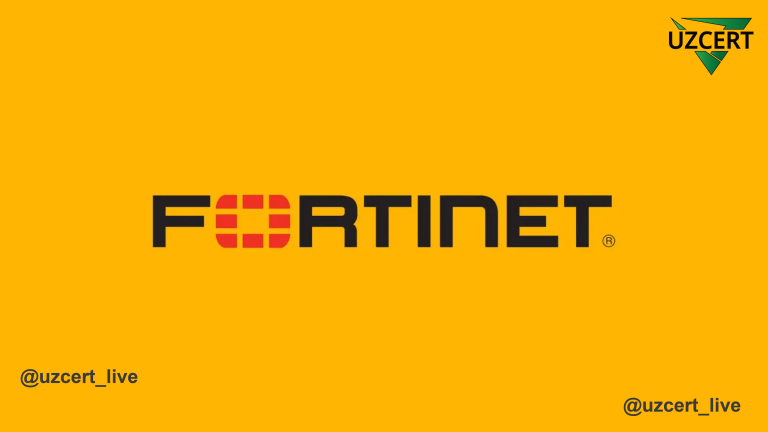
Bypassing Authentication in Logsign Unified SecOps Platform: A Critical Security Vulnerability
A serious security vulnerability, identified as CVE-2025-1044, has been discovered in Logsign Unified SecOps Platform. This platform is widely used for security operations management, and due to this flaw, attackers can bypass authentication without requiring any login credentials. The vulnerability has been assigned a CVSS score of 9.8, indicating a high-risk level that poses significant threats to confidentiality, integrity, and availability.
The exploit affects the web service of Logsign Unified SecOps Platform, which typically operates over TCP port 443. The issue arises from an incorrect implementation of the authentication mechanism, allowing attackers to completely bypass security checks. This provides unauthorized users with full system access, potentially leading to data breaches, privilege escalation, or even remote code execution (RCE).
Logsign Unified SecOps Platform integrates various cybersecurity tools, including:
- SIEM (Security Information and Event Management),
- SOAR (Security Orchestration, Automation, and Response),
- UEBA (User and Entity Behavior Analytics),
- TI (Threat Intelligence).
However, its authentication mechanism was found to lack adequate protection.
Hackers can take advantage of this flaw by sending specially crafted HTTP requests to TCP port 443. Due to insufficient authentication verification, these requests are mistakenly recognized as legitimate, granting attackers full access to the system without prior authentication or any interaction with the user interface. This poses a critical threat to organizations using the platform.
Logsign has released an update, version 6.4.32, to fix this vulnerability. Users are strongly advised to immediately update their systems to prevent potential attacks. This update addresses the authentication bypass issue and other related vulnerabilities.
In addition to updating the system, administrators should implement the following precautionary measures:
- Restrict access to TCP port 443 using a firewall.
- Enable Multi-Factor Authentication (MFA) whenever possible.
- Monitor system logs for suspicious activities related to unauthorized access attempts.
The CVE-2025-1044 vulnerability highlights the critical importance of robust authentication mechanisms in cybersecurity platforms. Organizations using Logsign Unified SecOps Platform must act immediately to mitigate this issue and strengthen their defenses against potential attacks.
Delaying the patch could result in data breaches, operational disruptions, and severe consequences for businesses.
In the ever-evolving cybersecurity landscape, organizations must stay proactive, study emerging vulnerabilities, and implement appropriate security measures. Only a proactive approach and modern security technologies can effectively prevent cyberattacks.



